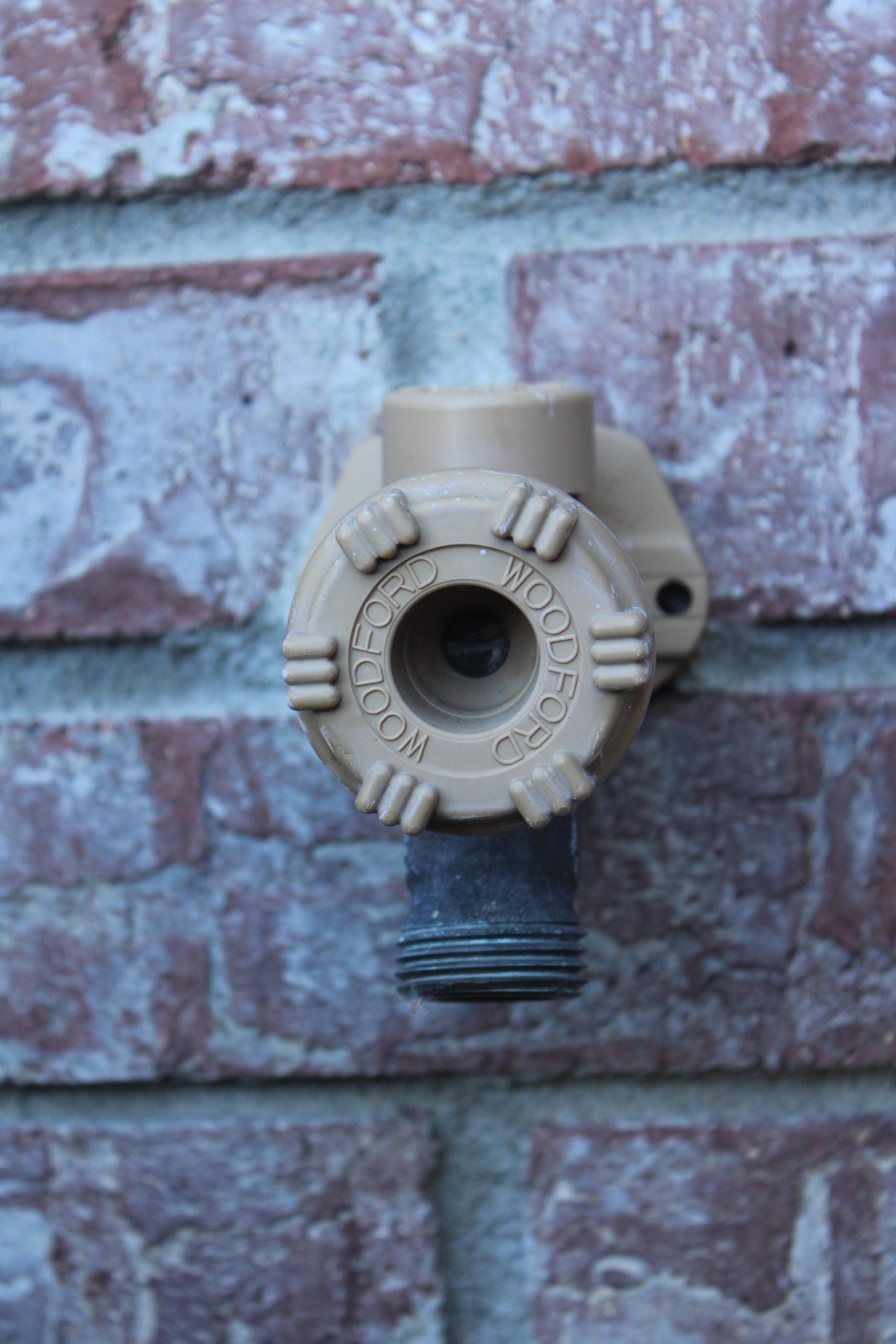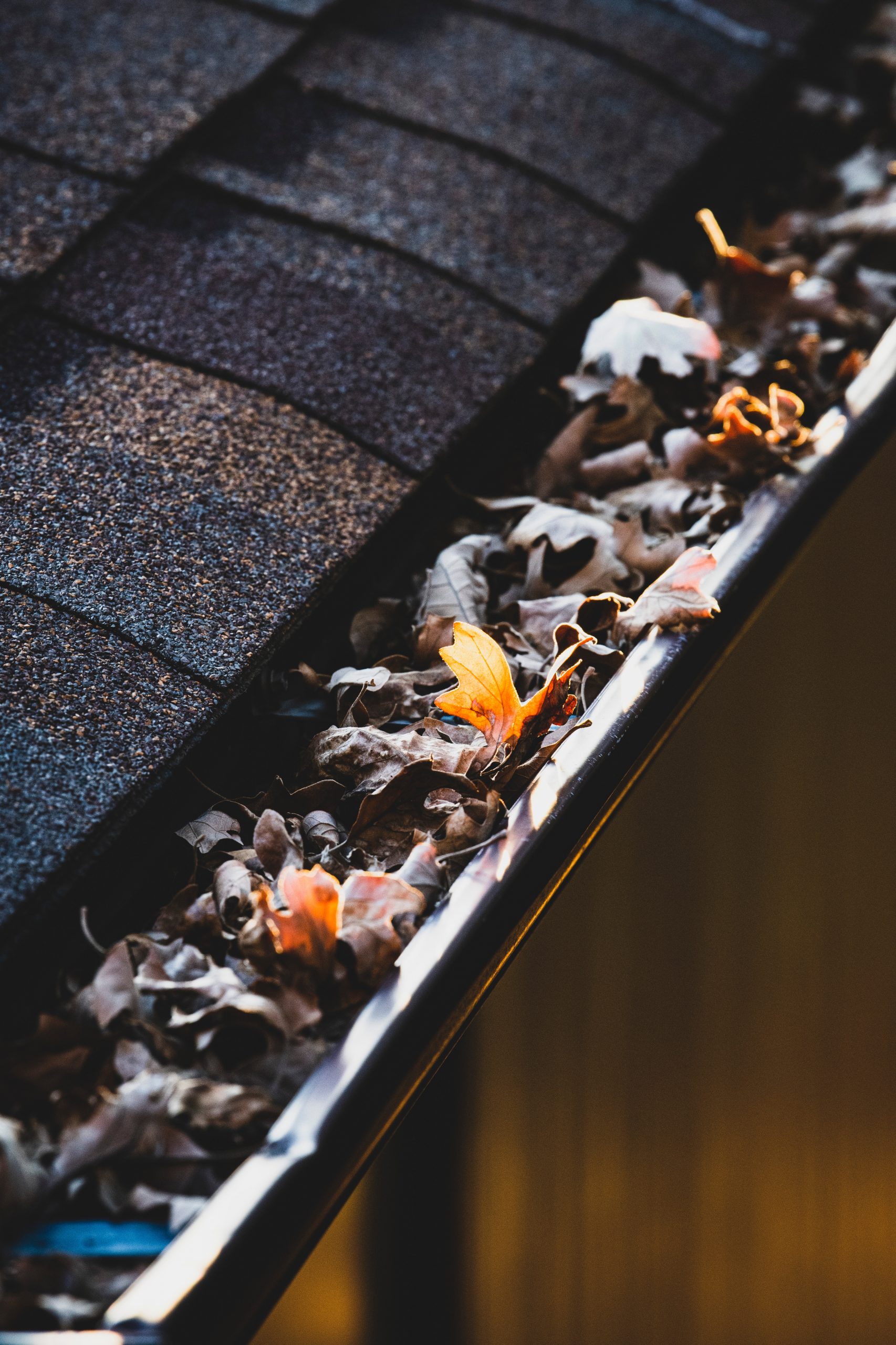 Winterizing Your Home: Important things to do as the temperatures drop.
Winterizing Your Home: Important things to do as the temperatures drop.
Well, initially I had written this on a warm, sunny, mid-October day, but then as things happen, the days got away from me and all of the sudden we had snow on the ground and much colder temperatures. But that doesn’t mean it’s too late. It is Colorado after all and the temps will rebound later this week.
While we can hopefully rejoice in the prospect of all the annoying, biting/stinging bugs taking the long nap, we also need to take a good look at what needs to be done within and around our homes to make sure that we don’t end up with any problems that inevitably come along with.
-
- First and foremost, if you have a sprinkler system and you haven’t blown out the lines yet, get ‘er done. Right now. It really is an important step in taking care of your systems. If you leave water in the pipes and they freeze over the winter, they can and will cause damage, which could end up costing you big $$$ in the spring.There are several ways you can do this. You can always hire someone to come do it for you. Honestly, sometimes, it’s just easier that way. There are a lot of handymen who will come out and do it. You can also call your local landscaping companies. And if you have really nice family or neighbors, they may even lend you a helping hand. But, if you have an air compressor and hose or are able to rent/borrow them, it’s not too difficult to blow out the system yourself. I have never blown out our system. My husband has always done that so I’m not going to pretend that I know how to do it. Instead I will link you to a few people who do know how to explain it. https://www.familyhandyman.com/project/winterize-a-sprinkler-system/
https://www.youtube.com/watch?v=FS4sIG9DzBI
- First and foremost, if you have a sprinkler system and you haven’t blown out the lines yet, get ‘er done. Right now. It really is an important step in taking care of your systems. If you leave water in the pipes and they freeze over the winter, they can and will cause damage, which could end up costing you big $$$ in the spring.There are several ways you can do this. You can always hire someone to come do it for you. Honestly, sometimes, it’s just easier that way. There are a lot of handymen who will come out and do it. You can also call your local landscaping companies. And if you have really nice family or neighbors, they may even lend you a helping hand. But, if you have an air compressor and hose or are able to rent/borrow them, it’s not too difficult to blow out the system yourself. I have never blown out our system. My husband has always done that so I’m not going to pretend that I know how to do it. Instead I will link you to a few people who do know how to explain it. https://www.familyhandyman.com/project/winterize-a-sprinkler-system/
- Along the same lines of winterizing your outdoor plumbing, make sure you disconnect all hoses and drain all
 outdoor faucets. Insulate them to prevent any freezing and damage.Last winter (early 2023) we had a very hard freeze here in Colorado. Well into the double digit negatives. It was COLD. Our master bathroom sits on top of a storage area that has an exterior door. Someone (no one is owning up to it) left that door open during that period of time and our pipes froze. And then they exploded, leaving us with a huge mess and many ruined items. In addition, one of our outdoor faucets froze leading to cracking in the pipes leading into our basement. When we went to use the faucet in the spring, it flooded parts of our basement.
outdoor faucets. Insulate them to prevent any freezing and damage.Last winter (early 2023) we had a very hard freeze here in Colorado. Well into the double digit negatives. It was COLD. Our master bathroom sits on top of a storage area that has an exterior door. Someone (no one is owning up to it) left that door open during that period of time and our pipes froze. And then they exploded, leaving us with a huge mess and many ruined items. In addition, one of our outdoor faucets froze leading to cracking in the pipes leading into our basement. When we went to use the faucet in the spring, it flooded parts of our basement.
Moral of the story, insulate any faucets and pipes that can be exposed to the outside, b/c you never quite know when those little cracks are going to cause a big problem. We now have pipe insulation protecting our pipes. You can also use heat tape. - Insulate and Seal.
This is a multi-faceting process. First, check for gaps and drafts around window, doors, and other openings. You’d be surprised by how much energy can escape from those tiny spaces. Cold air gets in, warm air goes out and your furnace is working harder than it needs to be (and costing YOU more money) to heat your home. You can use weatherstripping, caulking or foam sealant. Second, check your insulation. Depending on the age of your home, it may be time to consider replacing your insulation. Especially if you have noticed reduced energy efficiency. Insulation can and does wear down over time from age, exposure, and critters. Third, check for any leaks in your heating ducts. Ever wonder what Duct Tape is actually for? Yeah, this is it. - That leads us to the next item. Sometimes hiring a professional is best. Especially if you don’t know what you’re doing. Calling out a licensed HVAC company to service your system might be a great option. They will clean/replace filters, check for leaks and make sure the system is functioning efficiently.

Clear leaves and other debris from gutters.
- Check gutters and downspouts. We all know what happens prior to winter setting in. The leaves fall and the wind blows. If you don’t have one of those gutter systems that protects from falling debris, it’s likely that your gutters will be clogged. You’ll want to make sure that they are free of debris to prevent ice dams and assure for proper drainage. Also, you will want to make sure that your downspouts are properly situated away from the foundation of your home.
- Fireplaces: Wood burning fireplaces aren’t as common in Colorado as they used to be due to the restrictions placed on new builds a number of years ago. However, if you do have a wood burning fireplace, fall is a great time to have someone come out to clean and inspect it. Soot can build up and prevent proper ventilation. If you have a gas fire place, it may not be a bad idea to have it serviced every few years to make sure everything is in working order.
- Roofs: Roof maintenance is an important part of homeownership. If your home has an older roof or if you are noticing drafts or an increase in energy costs, inspect or have the roof inspected for missing shingles or damage. With as much hail as we can get in Colorado during the summer, it’s not unusual for damage to be done even to newer roofs.
- Ceiling fans. Did you know that ceiling fans can have a “winter mode”? In the winter, you want your fans to be running in a clockwise direction to push warm air down into the room.
- Stock up on Winter supplies. The worst thing to discover during after an ice or snow storm is that you don’t have the materials you need to take care of your property. Make sure you know where snow shovels and ice scrapers are and that they are in good condition. Or if you have a snowblower, that batteries are still in good condition and can hold a
 charge. Stock up on ice melt or salt for your driveways and walkways. Have an emergency kit with batteries, flashlights, blankets, extra water and non-perishable foods. If you have a generator, make sure you have everything you need to make it run should you need it.
charge. Stock up on ice melt or salt for your driveways and walkways. Have an emergency kit with batteries, flashlights, blankets, extra water and non-perishable foods. If you have a generator, make sure you have everything you need to make it run should you need it. - Important safety information. Every year people who are trying to heat their homes die from either fires or carbon monoxide emitted from space heaters and other heating elements. PLEASE make sure that if you are using a space
heater or other heating element that it is designed for indoor use and that it is kept away from curtains, clothing, blankets or anything that can catch on fire. Always follow the instructions on use and make sure you have carbon monoxide and smoke detectors that are in working order.


 Facebook
Facebook
 X
X
 Pinterest
Pinterest
 Copy Link
Copy Link
